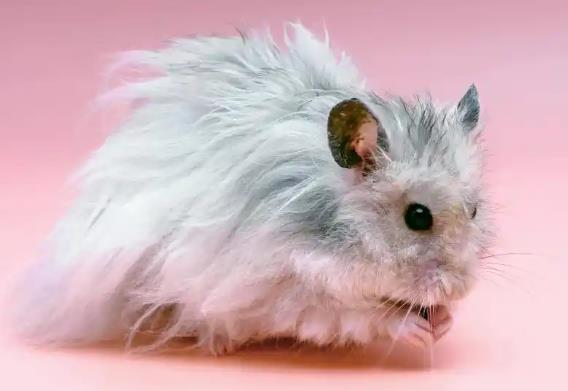Here is a detailed guide on taking care of newly born hamsters, which integrates information from highly authoritative and relatively up-to-date sources:

I. Environmental Preparation
Temperature and Humidity Control
Newborn hamsters are unable to regulate their body temperature independently, so the environmental temperature should be maintained between 26-30°C. In winter, a heating pad or a heat lamp (avoid direct exposure) can be used, and in summer, proper ventilation is needed to lower the temperature.
Keep the humidity at 50%-60%. You can adjust it with a humidifier or by placing a water bowl, but remember to clean it regularly to prevent the growth of bacteria.
Cage Arrangement
The bedding material should be thick (it is recommended to be more than 20 cm). Choose soft wood shavings or paper cotton, and add some cotton to enhance the warmth retention.
Avoid placing toys such as running wheels to prevent the mother hamster from being distracted or the baby hamsters from getting injured.
II. Feeding Key Points
Breast Milk as the First Choice
If the mother hamster is healthy, try to let her nurse the babies naturally. Provide the mother hamster with high-protein foods (such as mealworms, oatmeal) and sufficient water to ensure the quality of the breast milk.
Alternative Artificial Feeding Plan
If the mother hamster is unable to nurse, use sugar-free special milk powder for hamsters or goat milk powder. Dissolve it in warm water at 37°C, and feed the babies in small amounts multiple times (6-8 times a day, 1-2 ml each time) with a syringe or a dropper.
Note: After feeding, gently wipe the excretory part of the baby hamsters with a wet cotton swab to simulate the mother hamster's licking behavior and stimulate defecation.
Timing of Adding Supplementary Foods
After 2-3 weeks, you can try to add easily chewable supplementary foods, such as hamster cereal or fruit puree. After 4 weeks, gradually introduce vegetables and fruits (which need to be chopped).
III. Daily Care
Cleaning and Hygiene
Clean the food bowl and water dispenser every day. Replace the bedding material and thoroughly disinfect the cage once a week.
Avoid touching the baby hamsters directly with your hands to prevent the mother hamster from abandoning them due to the change in smell.
Health Monitoring
Observe whether the baby hamsters have a plump body shape and shiny fur. If you notice a lack of appetite or rapid breathing, seek medical attention in a timely manner.
IV. Cage Separation and Independent Living
The baby hamsters can eat independently after they are 21 days old. After they reach one month old, they must be separated into different cages to prevent fights or inbreeding.
